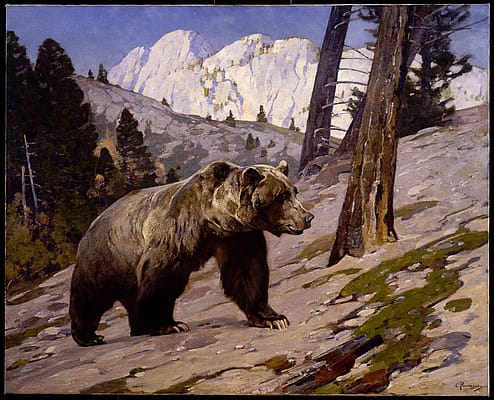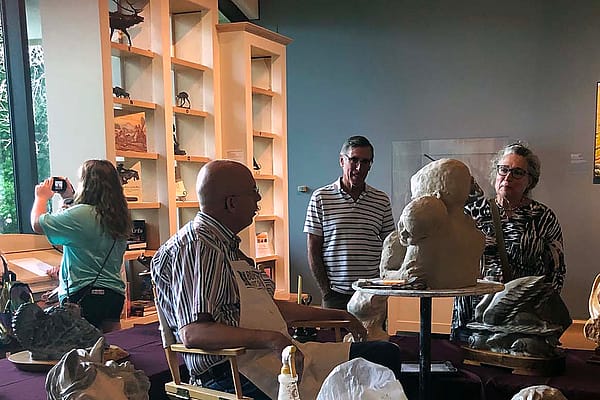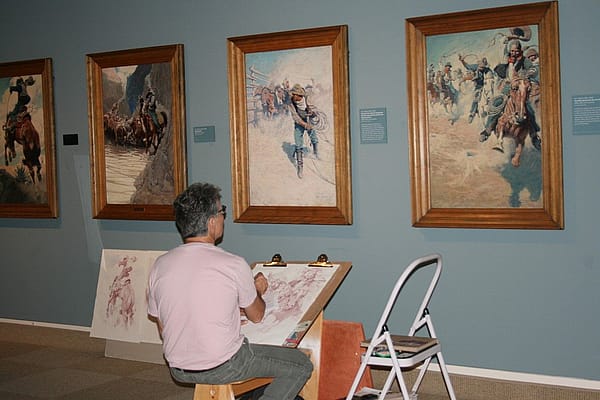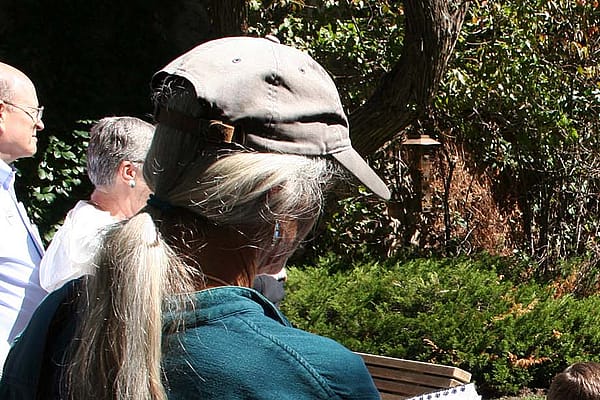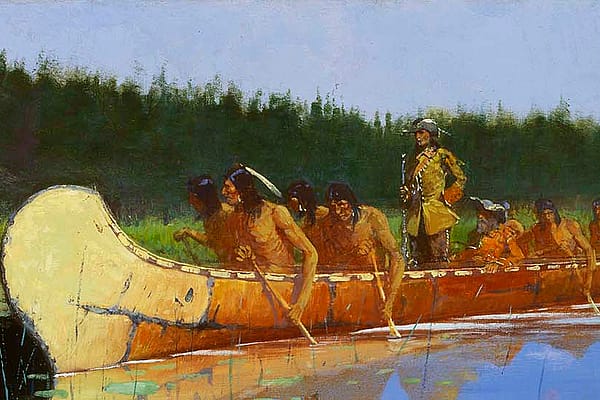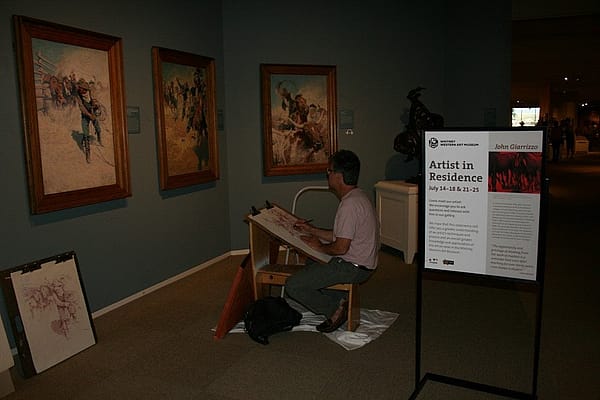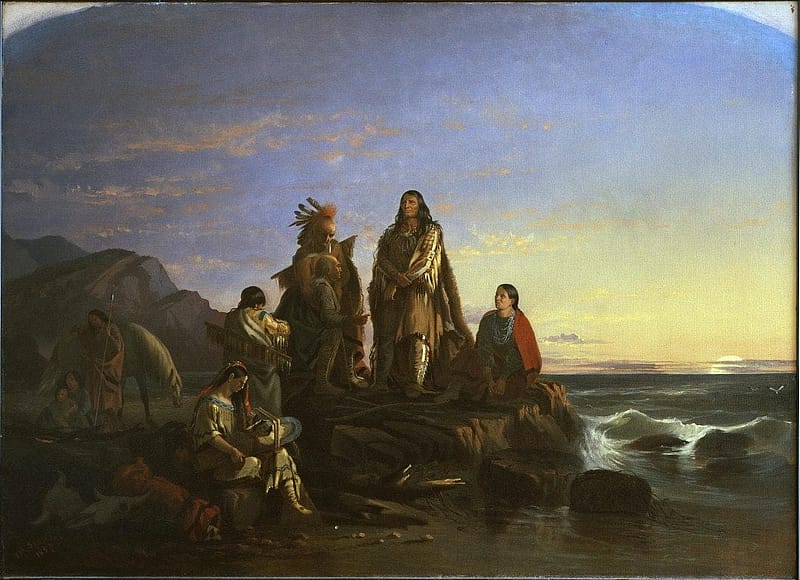
Exploration and Empire
The West of the nineteenth century was a fascinating place to venture. This was the time of Lewis and Clark, the Louisiana Purchase, territories becoming states, and (right in our own backyard) the Hayden expedition to northwest Wyoming, which pushed Congress to designate Yellowstone the nation’s first national park in 1872.
Today’s blog title comes to us from the book by William H. Goetzmann. Goetzmann’s book divides the American age of western exploration into three stages: the collection of practical information, such as the best routes to travel; the age of investment and settlement, where railroads, miners, and homesteaders headed west for profit; and lastly, the collection of scientific and ethnographic information, where the West’s land, purpose, and place in our democracy was actively discussed.
This brings us to John Mix Stanley (1814 – 1872), an artist adventurer, whose travels throughout the West were benefited by the latter two stages of

Goetzmann’s devising. Stanley began his career as an itinerant portrait painter in Detroit, Michigan. As such, he traveled throughout the Midwest and into the Northwest Territory painting portraits. His interest in Native Americans, both as portrait subjects and as subjects in genre or allegorical scenes, became peaked during these early travels in the 1830s. Over the next several decades, Stanley made multiple trips out West. He served as a topographical draughtsman for a military expedition, a promotional artist for the Northern Pacific Railway survey, and a painter for his own gallery, attending Indian councils and even traveling to Hawaii in order to capture the portraits of prominent natives and pivotal events.
Both an entrepreneur and nationalist, Stanley spent the rest of his career painting and exhibiting his Indian gallery in the greater hope that Congress would purchase the gallery to serve as a visual record for posterity. Unfortunately, Congress did not, and the majority of Stanley’s paintings burned in the Smithsonian fire of 1865.
The Whitney curatorial staff at the Buffalo Bill Center of the West is in the process of cataloguing the surviving 250 unique works of John Mix Stanley in a forthcoming book by Oklahoma University Press. The book will accompany an exhibition of a select number of Stanley’s paintings, drawings, and watercolors opening in Cody in summer 2015.
Written By
Emily Wilson
Emily Wilson is the curatorial assistant at the Whitney Western Art Museum. She is a big fan of contemporary art and taxidermy. Living in the West has made her appreciate the region for its artistic and aesthetic draw.
